
[ENG]
Greetings dear friends of Plant Power (Vegan), back again to this community to participate in a new edition of your vegan shopping, an initiative proposed by @sirenahippie, this time we will talk about vinegar.
Vinegar is a product that is not missing in my pantry, I know there are several types, balsamic, sherry, white, apple, rice, among others, however, I have only used white and apple vinegar. I have found apple cider vinegar in health food stores, which I have used in the kitchen and to prepare formulas to strengthen nails, although it has many other benefits in the medicinal field. However, I prefer to have white vinegar at home, which I choose under the criteria of brand, expiration date, color, aroma and percentage of acidity, this last point is very important because it depends on it that it fulfills its function.
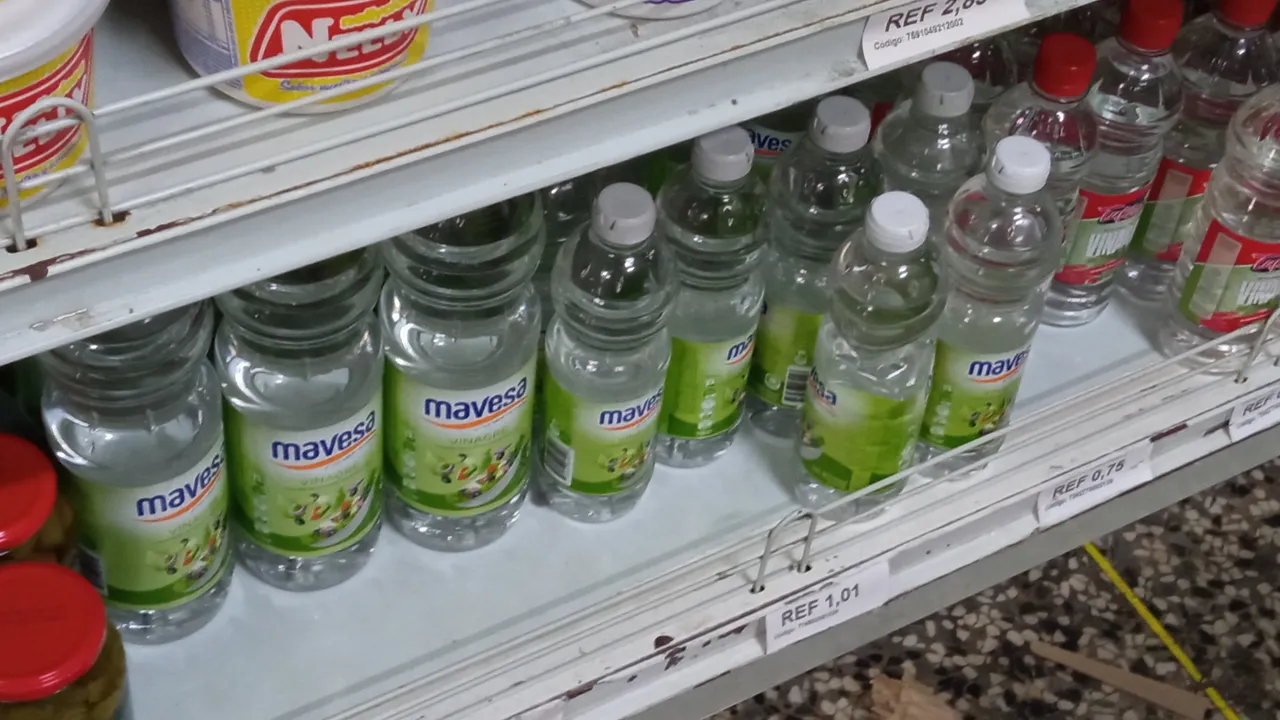
The appropriate acidity percentage for white vinegar is 5%, ideal for human consumption because it is not very strong and therefore will not leave an intense flavor that is unpleasant when I prepare my dressings, although the amount we use also influences. In addition to preparing vinaigrettes, I use this product to disinfect vegetables such as lettuce, fruits and some edible plants. On the other hand, among other uses of this product, I can mention that since I suffer from allergies, I usually add vinegar to the water when washing my clothes, as recommended by my doctor. Vinegar is excellent to fight fungi, bacteria and mites.
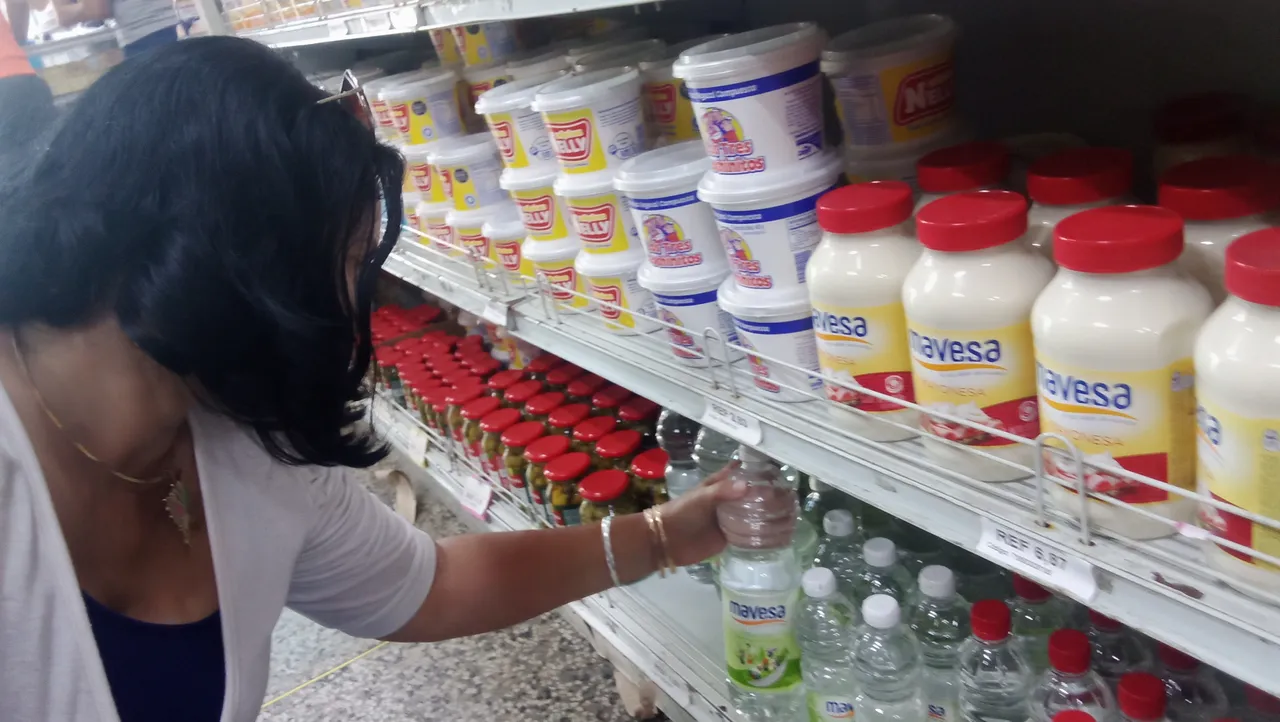
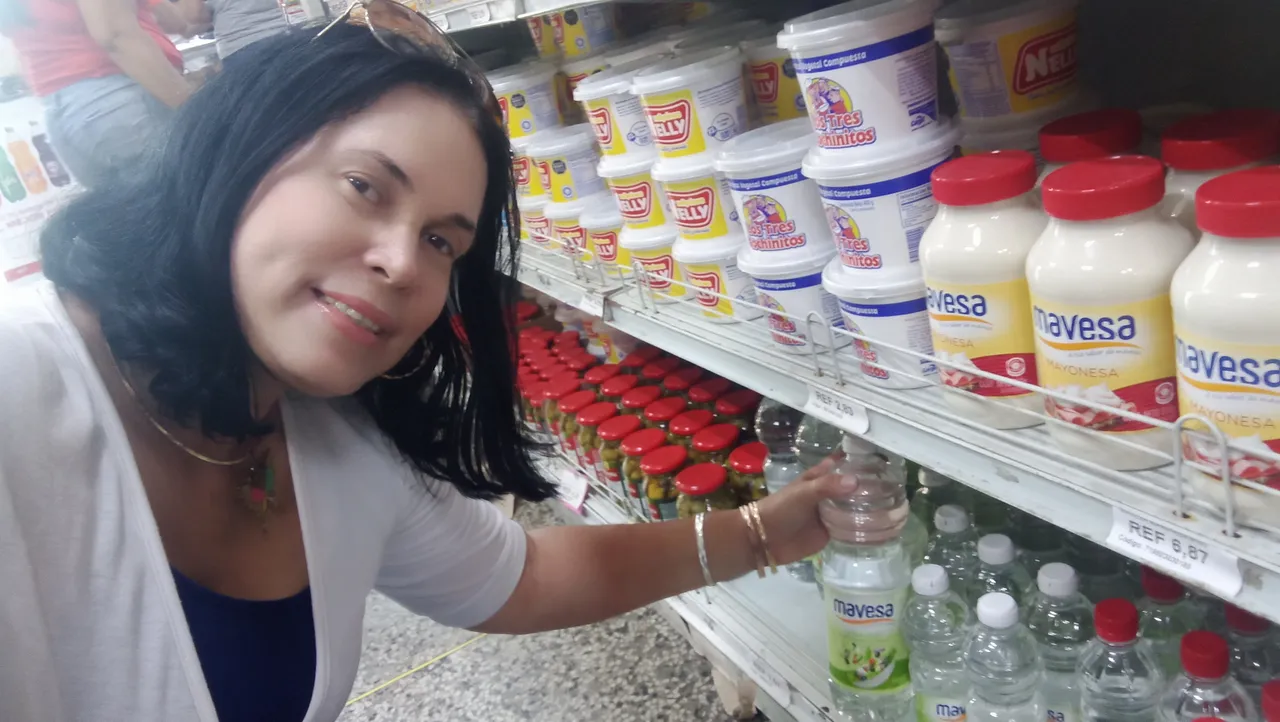
To finish with the acidity issue, if we use it for cleaning it will be stronger, therefore, this type of vinegar for home hygiene will have a much higher acidity percentage, the smell will be stronger and also the taste, which makes it not suitable for human consumption. However, it is possible to use white vinegar to do the cleaning in case you do not have the specific one for it. As for the rest of the criteria for choosing vinegar, I had already mentioned that I look at the expiration date of the product, that it is colorless, that the aroma is not strong and that it does not contain many additives, i.e., such as fats and sodium. As I have already used several brands, I know which one to choose and I buy it frequently.
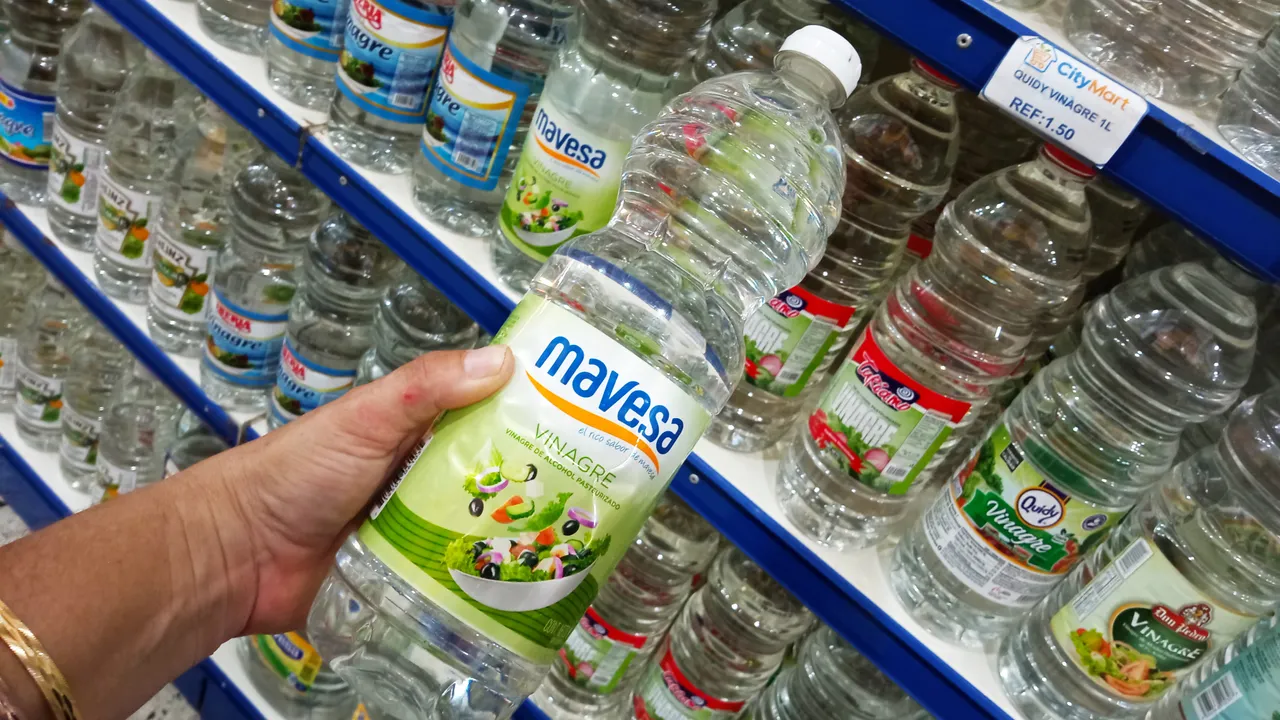

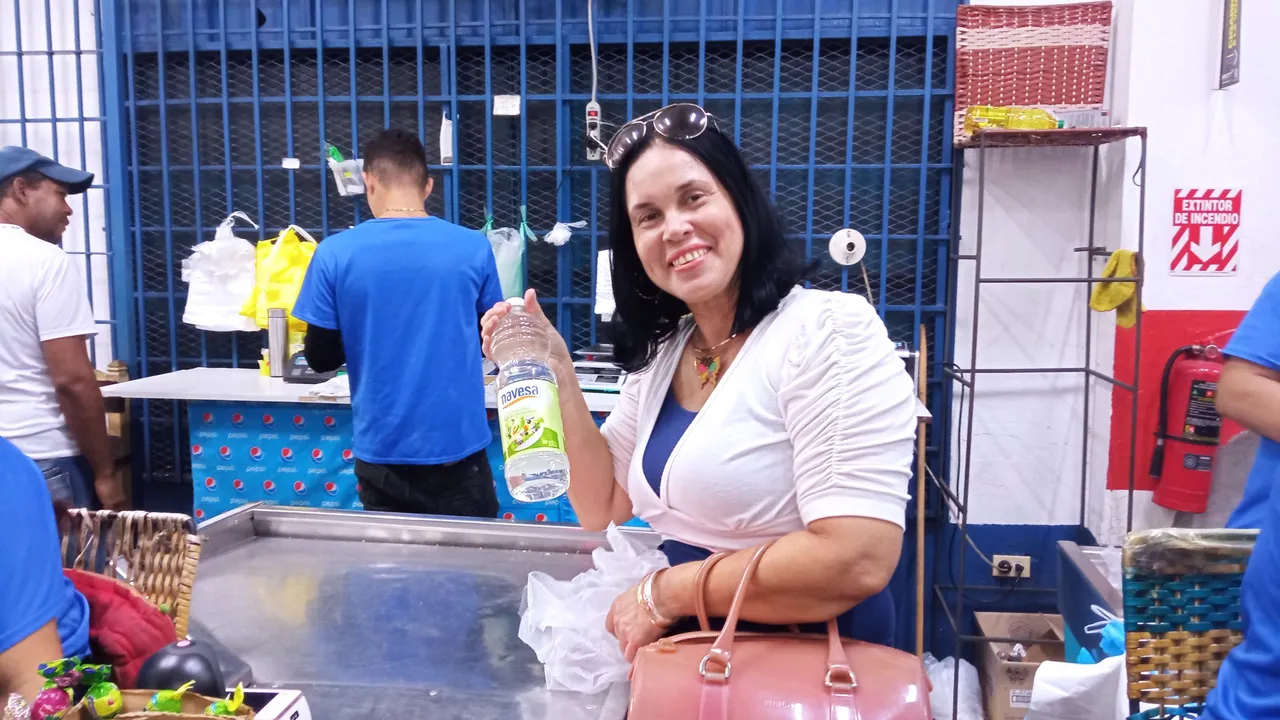
For this vegan purchase, I chose one of the Mavesa brand, the percentage of acidity is 5%, pasteurized from pure sugar cane alcohol. The cost of the vinegar was $1.74, equivalent to the exchange rate of the day, 63.74 VES, currency of my country, Venezuela. This has been my participation, I hope it has been to your liking.
The photos are originals taken with my Xiaomi Redmi 9 phone
Thank you for reading

[ESP]
Saludos estimados amigos de Plant Power (Vegan), nuevamente de regreso a esta comunidad para participar en una nueva edición de tus compras veganas, una iniciativa propuesta por @sirenahippie, en esta ocasión hablaremos del vinagre.
El vinagre es un producto que no falta en mi despensa, sé que hay varios tipos, balsámico, de jerez, blanco, de manzana, de arroz, entre otros, sin embargo, solo he utilizado vinagre blanco y de manzana. El vinagre de manzana lo he conseguido en las tiendas naturistas, el cual he usado en la cocina y para preparar fórmulas para fortalecer las uñas, aunque posee muchos otros beneficios en el campo medicinal. Pese a ello me inclino por tener en casa el vinagre blanco, el cual elijo bajo los criterios de marca, fecha de vencimiento, color, aroma y porcentaje de acidez, este último punto es muy importante porque de ello depende que cumpla con su función.

El porcentaje de acidez adecuado para el vinagre blanco es de un 5%, ideal para el consumo humano porque no es muy fuerte y por lo tanto no dejará un sabor intenso que sea desagradable cuando prepare mis aderezos, aunque la cantidad que usemos también influye. Además de preparar vinagretas, utilizo este producto para desinfectar vegetales como la lechuga, frutas y algunas plantas comestibles. Por otra parte, entre otros usos de este producto puedo mencionar que como sufro de alergias, por recomendaciones de mi médico, suelo agregar vinagre al agua al momento de lavar mi ropa. El vinagre es excelente para combatir hongos, bacterias y ácaros.


Para terminar con el tema de la acidez, si lo usamos para limpiar será más fuerte, por eso, este tipo de vinagre para higiene del hogar tendrá un porcentaje de acidez mucho más alto, el olor será más fuerte y también el sabor, lo cual lo hace no adecuado para el consumo humano. No obstante, es posible usar el vinagre blanco para hacer la limpieza en caso de no contar con el específico para ello. En cuanto al resto de los criterios para elegir el vinagre, ya había mencionado que me fijo en la fecha de vigencia del producto, que sea incoloro, que el aroma no sea fuerte y que no contenga muchos aditivos, es decir, como grasas y sodio. Como ya he usado varias marcas, tengo claro cuál elegir y lo compro con frecuencia.



Para esta compra vegana, elegí uno de la marca Mavesa, el porcentaje de acidez es de 5%, pasteurizado a base de alcohol puro de caña de azúcar. El costo del vinagre fue de 1,74$, equivalente a la tasa de cambio del día, 63,74 VES, moneda de mi país, Venezuela. Esta ha sido mi participación, espero que haya sido de su agrado.
Las fotos son originales tomadas con mi teléfono Xiaomi Redmi 9